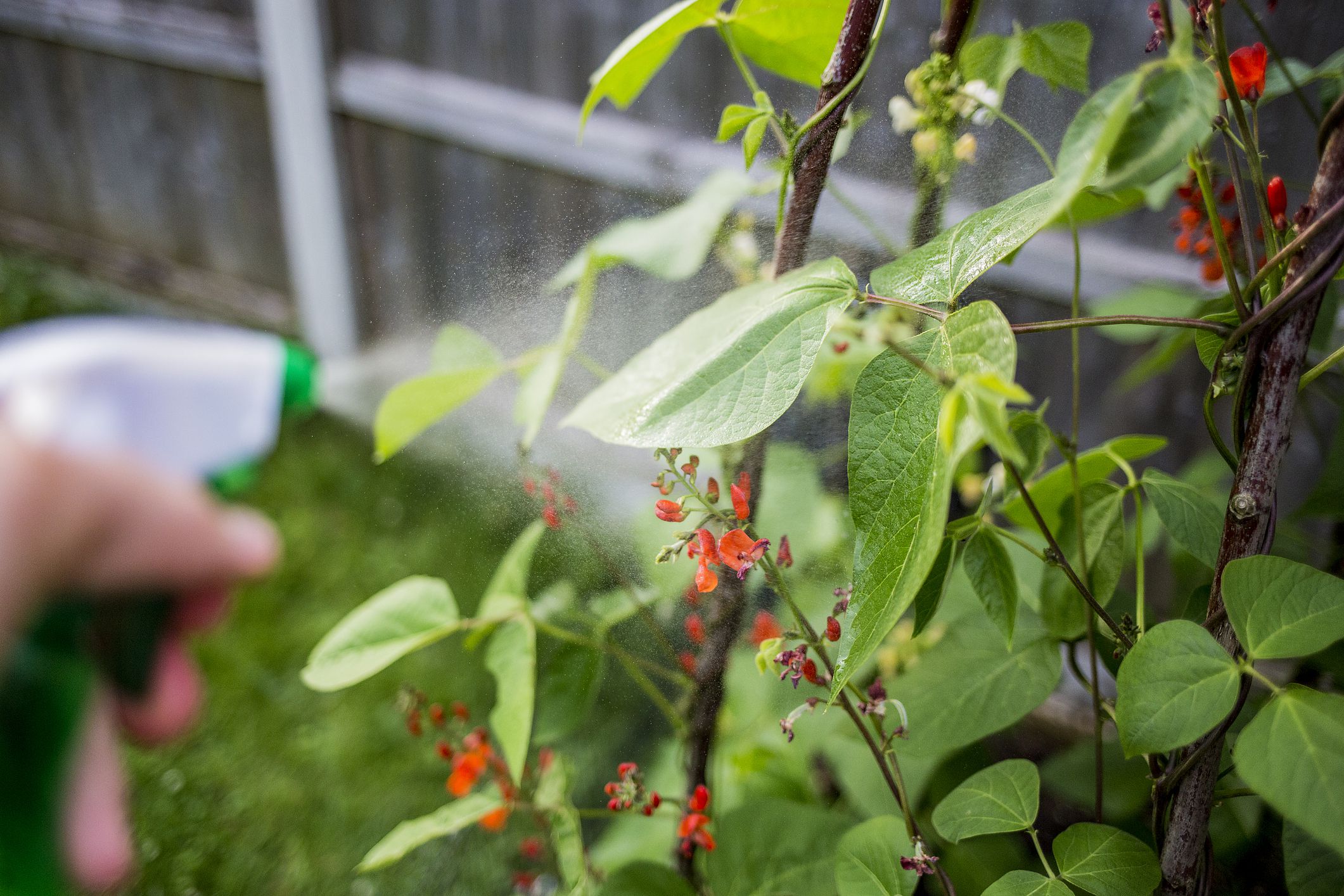
What is Insecticidal Soap and How do You Make It
An easy solution for soft-bodied pests that requires only two ingredients and is totally natural.
What is insecticidal soap?
A solution, that is used to help eradicate small, soft-bodied pests such as aphids, whiteflies, spider mites, and mealybugs and keep them from eating or destroying your plants.
It works by penetrating the insect’s outer layer and drying them out, killing them and causing cell collapse. Other bugs may be suffocated by the spray, which could help eradicate some hard-shelled pests such as scale insects. Remember, beetles and caterpillars won’t be fazed by insecticidal soap so if you are experiencing issues with these chewing insects, you’ll want to consider other options.
Benefits of insecticidal soap
Non-toxic
It is totally safe and non-toxic, which makes it a desirable option for many organic gardeners or for vegetable gardens
Versatile
It works to get rid of a variety of insects, but it also works on pretty much any plant. Houseplant, fruit, vegetable, flower.
Inexpensive
Insecticidal soap uses a tiny amount of soap and water, you aren’t going to be paying much for it, no matter how many insects you need to kill. One bottle of soap could last you years, which makes this a totally economical and effective way to keep your plants pest-free and healthy.
What you need:
- Soap. While regular dishwashing soap will work in a pinch, the best soap to use as a natural insecticide is a pure soap with fatty acids that will work to eradicate bugs and will mix easily with water. Purse Castille soap is a great, inexpensive choice.
- Water. Tap water should get the job done but if you have water that is loaded with hard mineral deposits, you may want to use distilled water instead to avoid harming your plants with soap scum buildup.
- Spray bottle.
What to do:
Step 1: For a one-quart spray bottle, fill it up with warm water.
Step 2: Add 1 tablespoon of soap. (A good measurement to go off of is 1 tablespoon of soap for every quart of water)
Step 3: Screw on the lid and shake to mix well.
Variations
While the above recipe is certainly effective and will eradicate most soft-bodied pests, many gardeners find that adding a little something extra can be helpful in dealing with particularly nasty infestations. Here are a few ingredients you can add to your insecticidal spray if you need to increase its potency:
1 tsp garlic or 1 tsp crushed red pepper (helps repel chewing insects because of the pungent flavor)
1 tsp apple cider vinegar (helps with powdery mildew)
2 Tbsp vegetable oil (helps the spray stick longer)
Many gardeners also make insecticidal soap by combining one cup of vegetable or olive oil with one tablespoon of soap and then mixing two teaspoons of this soap and oil concoction into one cup of warm water. Try both methods to see which works best for you.
How do you use it?
Test
Spray it on a few leaves and let it sit for at least 24 hours. If it hasn’t damaged the leaves at all, (look for browning, wilting, spots, or wrinkling) you are cleared to continue using it.
Remember, you should never use insecticidal soap on stressed out, wilted, or newly transplanted plants as it could prevent them from recovering.
Spray
Always shake the bottle well before using your spray, as the soap and water may have naturally separated. Cover the entire affected plant in a generous coating of insecticidal spray, getting the undersides of the leaves as well as the top soaked in soapy water. Be sure that you aren’t using it on a rainy day as it could just wash right off before it has a chance to work. However, it is also important that you don’t do it at a time when the sun is beating down on your plant as it could lead to burning and sun damage. Stick to an early morning or evening application.
Re-treat
Unfortunately, insecticidal soap is not a magic solution that will immediately get rid of all your pest problems. Check your plant about a week after application and reapply if needed. Continue weekly reapplication until the pests are gone.
 English
English Arabic
Arabic


